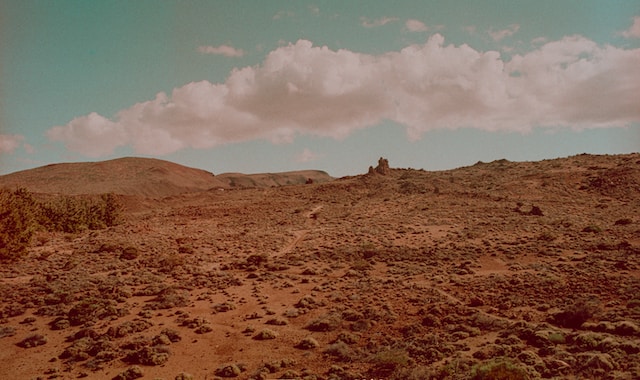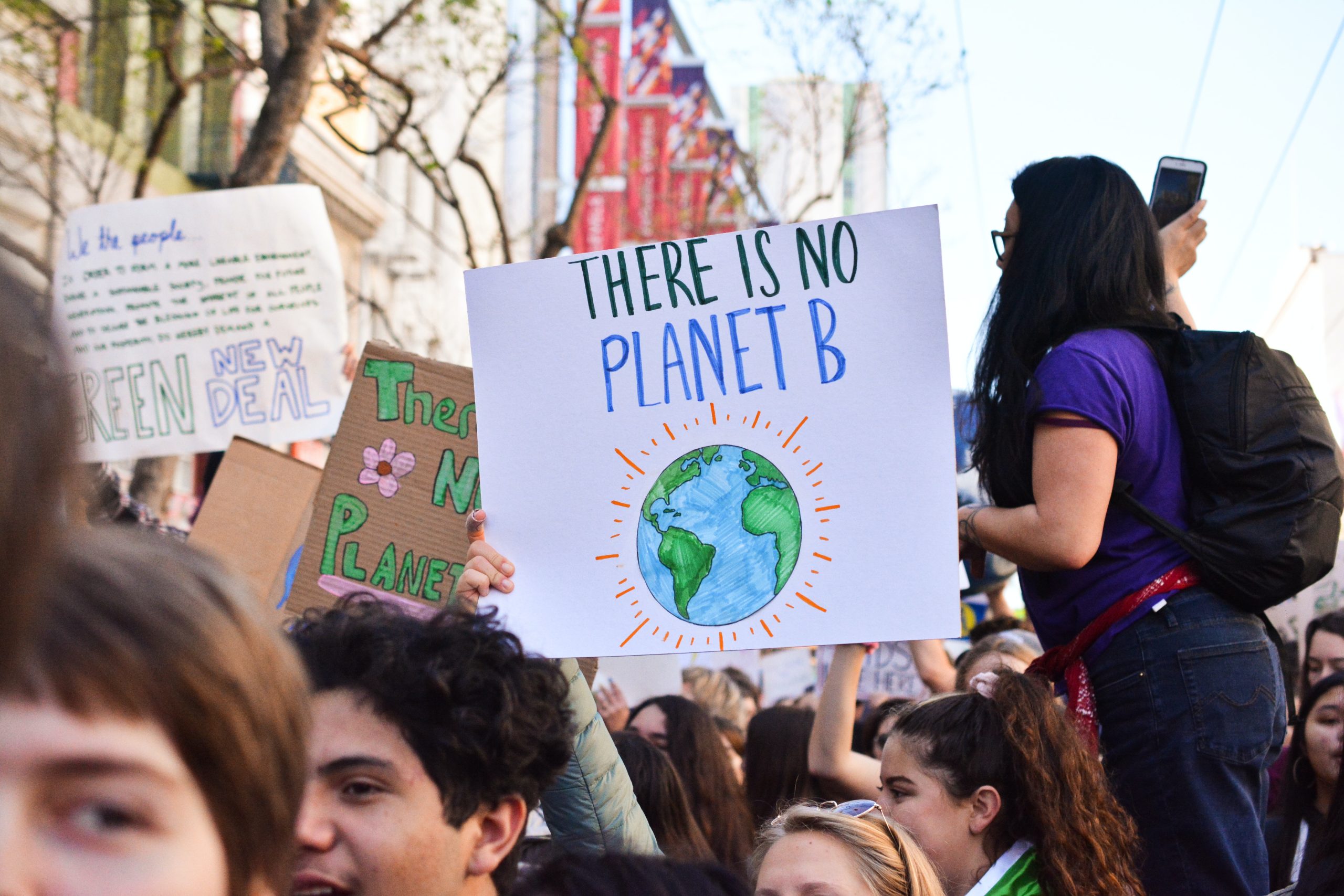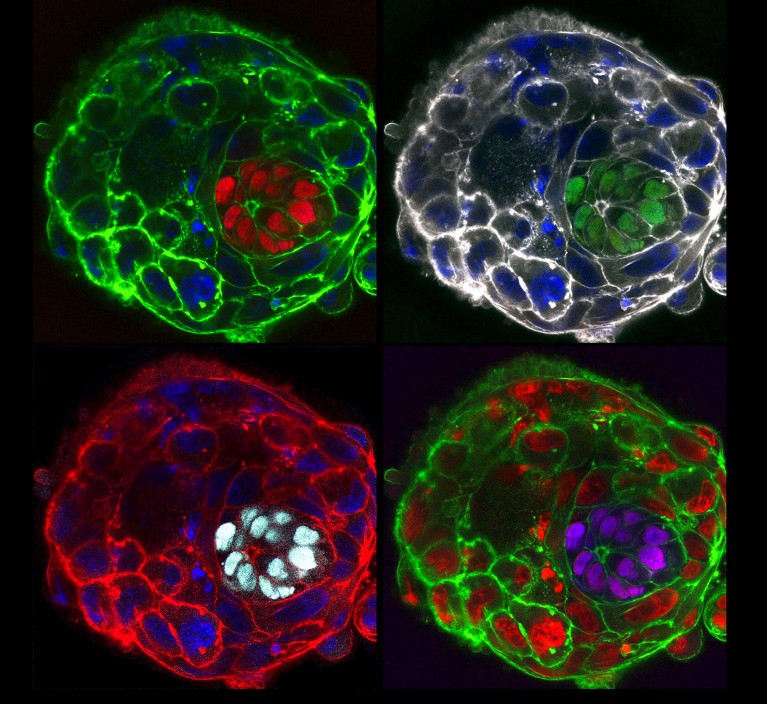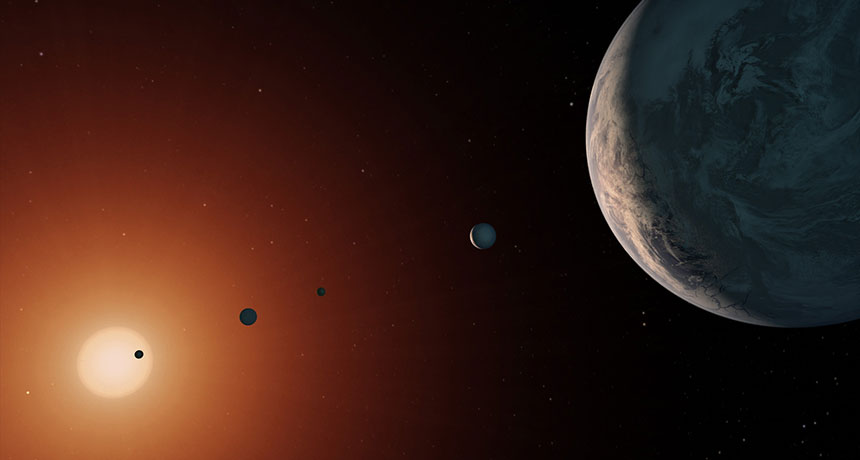In a stunning revelation that could reshape our understanding of Mars’ geological history, a groundbreaking study has revealed that the Red Planet’s crust is significantly thicker than previously believed. This surprising finding, based on an extensive analysis of data from NASA’s Mars InSight mission, offers fresh insights into the planet’s formation, tectonic activity, and potential for harboring hidden water reserves.
The study, led by a team of planetary geologists and published in the prestigious journal Science, presents compelling evidence challenging long-held assumptions about Mars’ crustal composition. By analyzing seismic waves recorded by the Mars InSight lander’s Seismic Experiment for Interior Structure (SEIS) instrument, researchers have gained unprecedented access to the planet’s inner workings.
Dr. Sarah Thompson, the lead author of the study and a planetary scientist at a renowned research institution, explains, “Our findings indicate that Mars’ crust is much thicker than previously estimated, with an average thickness of approximately 45 kilometers. This starkly contrasts with earlier models that suggested a thinner crust resembling Earth’s oceanic crust.”
The study relied on data collected during the first year of the Mars InSight mission, which was specifically designed to explore the planet’s interior structure. By monitoring and analyzing seismic waves generated by marsquakes, scientists were able to map out the thickness and composition of the crust with unprecedented accuracy.
One key implication of the thicker crust is its potential impact on Mars’ volcanic activity and tectonic movements. With a thicker crust, the planet’s geological history appears more complex than previously thought. The findings suggest that Mars may have experienced more widespread volcanic activity and tectonic events, shaping its surface and potentially influencing the planet’s ability to support life.
Furthermore, the study’s results have implications for the presence of subsurface water reservoirs on Mars. A thicker crust could indicate a greater capacity for the planet to retain subsurface water, potentially hidden beneath the surface. This discovery adds to the growing body of evidence suggesting that Mars may harbor underground water resources, which could have significant implications for future human exploration and the search for extraterrestrial life.
The implications of this study extend beyond scientific curiosity and into the realms of space exploration and astrobiology. As we continue to unravel the mysteries of our neighboring planet, a thicker Martian crust presents both challenges and opportunities for future missions. Understanding the geological complexities of Mars is crucial for planning future exploration and assessing its potential habitability.
Dr. Jonathan Collins, a planetary scientist not directly involved in the study, comments, “This research breakthrough underscores the importance of ongoing scientific exploration of Mars. By revealing the unexpected thickness of Mars’ crust, we are forced to reassess our preconceptions and refine our understanding of the planet’s geological processes. It’s an exciting time for Mars exploration.”
While the study marks a significant advancement in our knowledge of Mars, it also highlights the ongoing nature of scientific discovery. As more data is collected and analyzed, future studies will undoubtedly provide further insights into the Red Planet’s complex past and its potential as a window into the possibilities of life beyond Earth.
As a journalist, it is vital to verify information, consult scientific experts, and attribute statements accurately. The findings described in this article are based on the latest scientific study published in a reputable journal and supported by statements from experts in the field.










